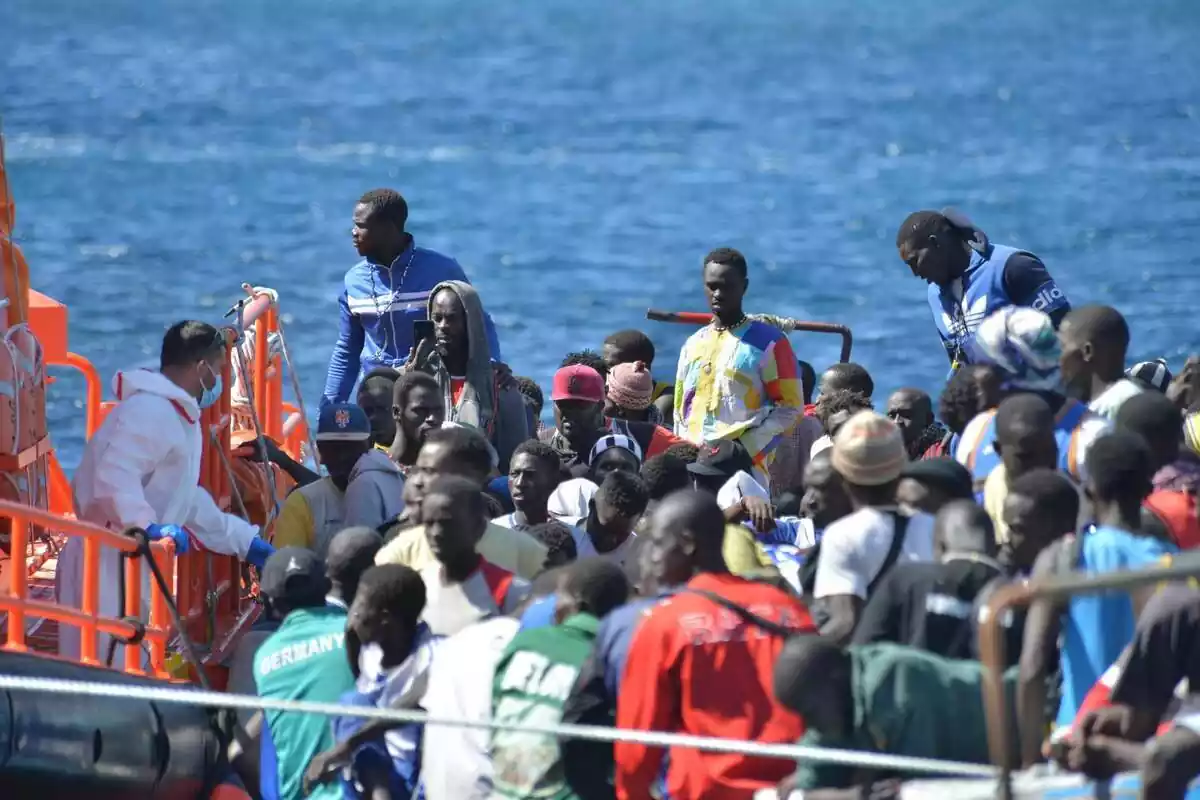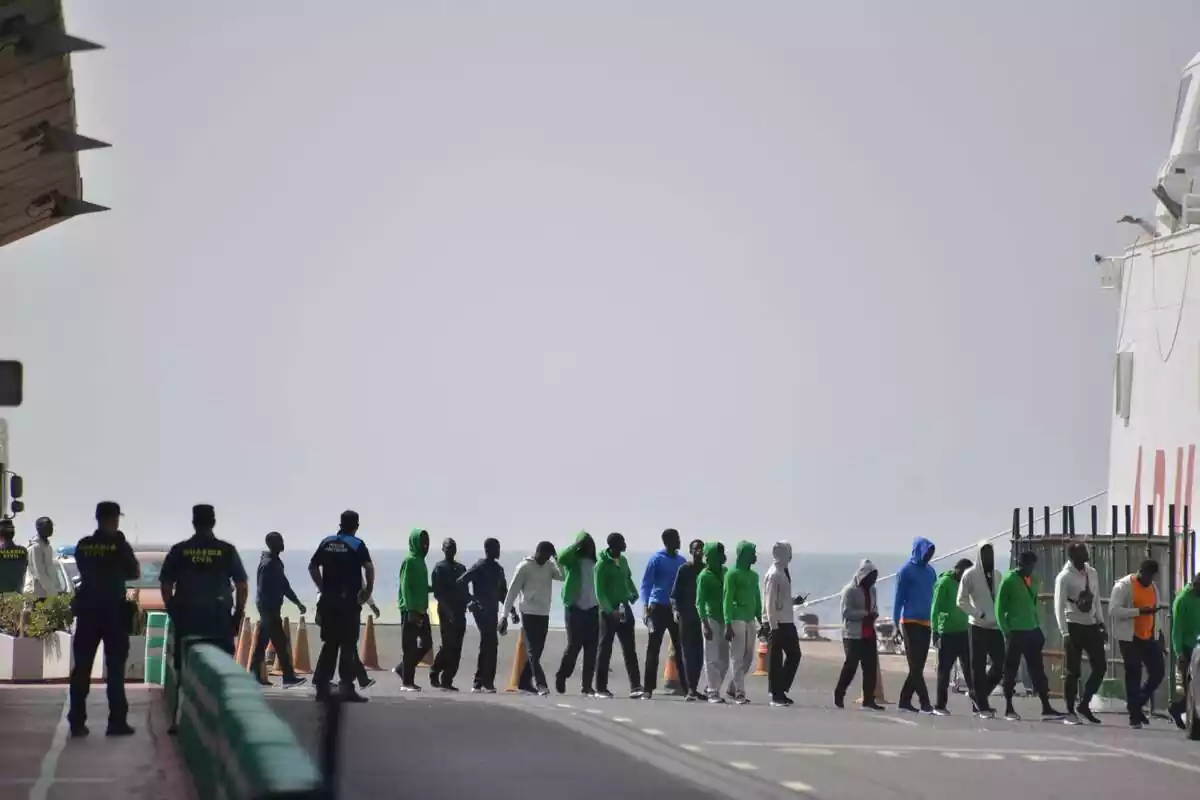
Migration crisis: Spain establishes itself as an alternative to Italy for traffickers
The situation is expected to worsen over the coming months in the Canary Islands
Migratory pressure on Europe continues, with Spain in a very prominent position. So far in 2025, Europe has received more than 54,000 irregular immigrants. Meanwhile, Spain has recorded 15,291 illegal arrivals, with the Canary Islands standing out with 10,902 entries, while 4,389 were registered in the Peninsula and Balearic Islands. This is detailed in an analysis by Rubén Pulido for La Gaceta.
Although this figure represents a 30% decrease compared to 2024, the Canary route remains very active. Migrants mainly come from Sahel countries, such as Mali and Senegal, as well as Morocco:
In contrast, Italy has received 20,438 illegal entries so far this year. The arrival of Giorgia Meloni's government has resulted in a significant 60% reduction in arrivals compared to previous years. Most migrants entering through Italy are originally from Bangladesh, Eritrea, Pakistan, and Egypt.

However, the Central Mediterranean remains a critical route due to the presence of several NGOs. Many experts (and FRONTEX) point out that NGOs create a pull effect and complicate migration control. In fact, Open Arms is one of the NGOs that most complicate Italian migration policy.
Other countries in the region also show downward trends in illegal arrivals. Greece records 12,688 entries, mainly from Afghanistan, Egypt, and Sudan, keeping a sustained decrease. Cyprus reports an 80% drop with 953 arrivals, mostly Syrians. Malta, with only 27 entries, keeps illegal migration limited, mainly of Tunisian origin. The Balkan route has experienced a 60% decrease, with 3,093 arrivals from Türkiye, Syria, and Afghanistan.
the Atlantic route is very active
Thus, although several European regions show significant decreases, the Atlantic route to the Canary Islands stands out for its constant activity and danger. This situation has led Spain to become a relevant alternative for human trafficking networks. As already highlighted, the main reason for this shift is President Meloni's migration control.

The evolution of these routes reflects diverse migratory dynamics in any case. In Spain, for example, migrants from the Sahel and North Africa predominate, while in Italy there is a greater presence of migrants from Asia and the Horn of Africa. On the other hand, it should not be forgotten that the conflict in Ukraine still drives migratory flows along the Eastern routes.
These figures and trends show that, although Europe has made progress in migration control, especially on Mediterranean routes, the pressure on Spain, and particularly on the Canary Islands, remains high. In fact, the situation is expected to worsen over the coming months.
More posts: